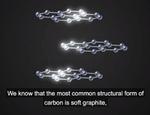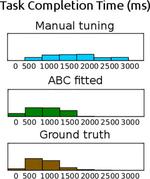Other

“Researchers at Aalto University have found that only a fraction of stability tests done on new types of solar cells meet proper requirements. Tests lack common standards and should have been done in real-world conditions and in groups of several …

“The internet of things is coming, that much we know. But still it won’t; not until we have components and chips that can handle the explosion of data that comes with IoT. In 2020, there will already be 50 …

“The microscope is 1000 times more precise than current techniques, allowing the creation of wetting maps as a new concept for hydrophobic surface characterization. Wetting is an everyday phenomenon that represents how well liquid spreads on a surface. When water …

“Physicists at Aalto University have made a breakthrough in revising methods largely discarded 15 years ago. They have discovered a microscopic mechanism that will allow gallium nitride semiconductors to be used in electronic devices that distribute large amounts of electric …
News Nanocarbon materials are challenging silicon – from transparent electronics to bendable 3D displays

“The superior characteristics of nanocarbon make it an extremely promising material for numerous current and future applications. “Light and flexible nanocarbon materials conduct electricity better than copper and have greater mechanical strength than steel. They are also good thermal conductors …

“New black phosphorous inks are compatible with conventional inkjet printing techniques for optoelectronics and photonics. Since the discovery of the Nobel Prize winning material graphene, many new nanomaterials promise to deliver exciting new photonic and optoelectronic technologies. Black phosphorous is …

“Researchers from Aalto University, University of Birmingham and University of Oslo present results paving the way for computers to learn psychologically plausible models of individuals simply by observing them. In newly published conference article, the researchers showed that just by …

“In the 1970s, a group of mathematicians started developing a theory according to which codes could be presented at a level one step higher than the sequences formed by zeros and ones: mathematical subspaces named q-analogs. For a long time …
